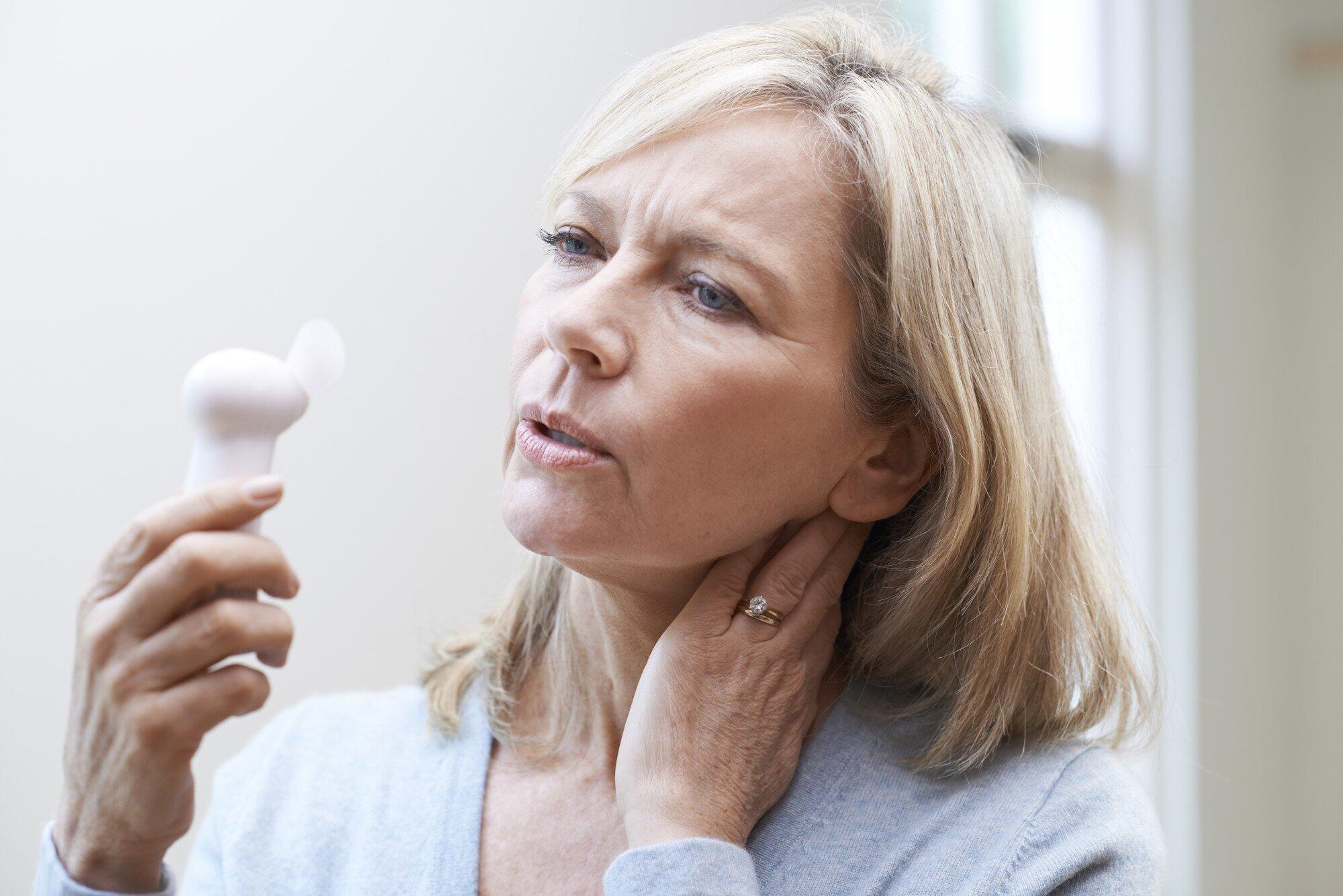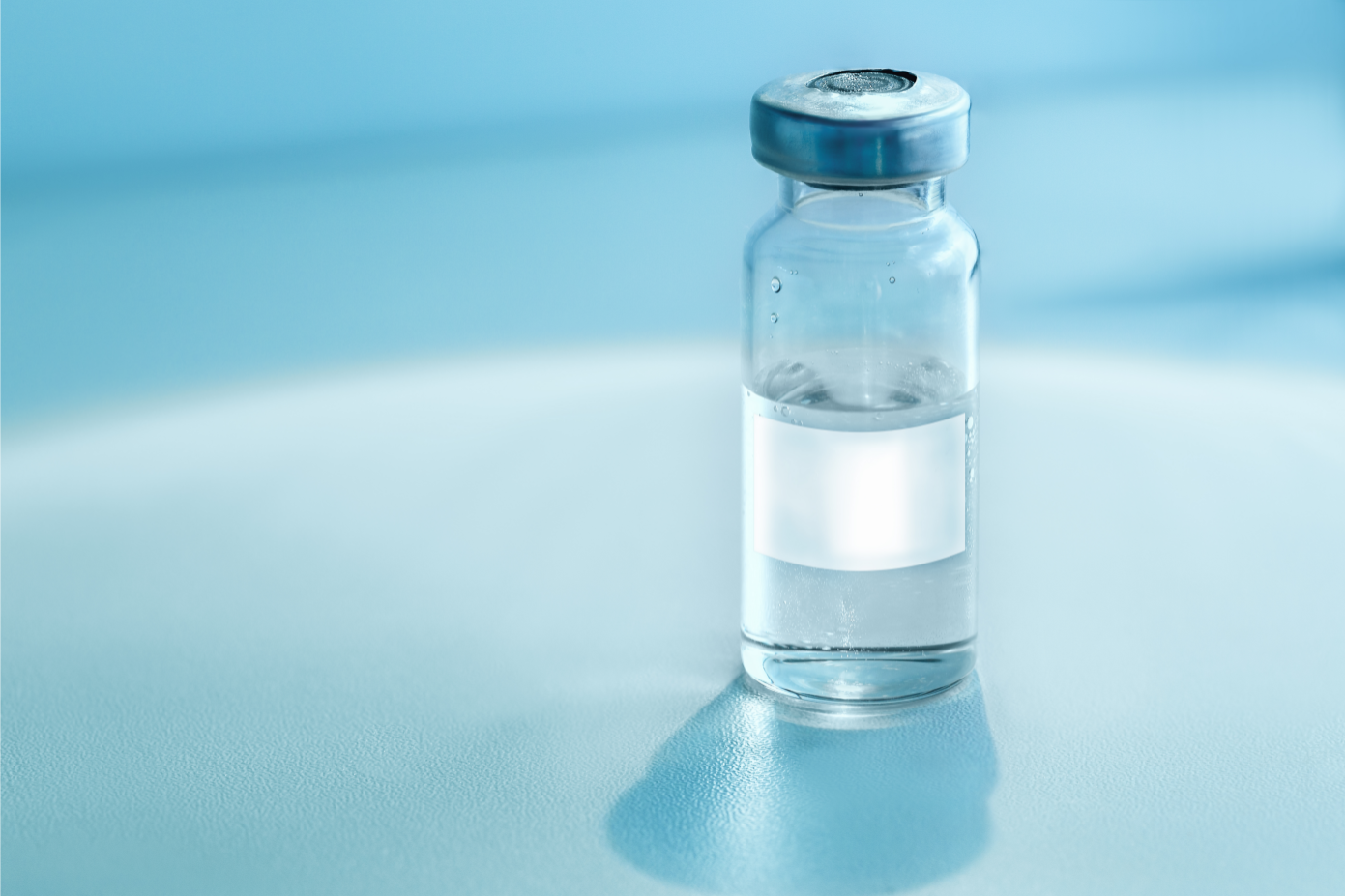The menopausal transition is a normal part of aging for most women. While it’s officially recognized as the 12-month mark after your last period, there are many different signs that your body is preparing for and entering this critical life stage.
In the years leading up to this point, women will enter a phase called perimenopause. During this time, they may experience a range of changes, including adjustments to their monthly cycles, hot flashes, and other physical and emotional symptoms.
Once it’s time to fully transition into menopause, your body will give you signs perimenopause is ending. Today, we’re taking a look at those signals and sharing what you can expect.
Stages of Menopausal Transition
The menopausal transition will look different for every woman, and it’s important not to compare your timeline with others. However, for most females, this cycle includes the following three stages.
Reproductive Stage
When you’re in your peak reproductive years, you will not have any symptoms of menopause. This stage is also called premenopause. You’re still ovulating and menstruating at regular, predictable intervals.
Perimenopause
Perimenopause marks the beginning of menopause. Early in this phase, your periods will start to become more irregular. Later, you may go two months or more between periods. This later stage usually lasts between one and three years.
Postmenopause
Postmenopause occurs when your periods have completely stopped for at least one year. This can occur just a few months after perimenopause or could take up to a decade to begin. While you won’t have a period, you could continue to experience some symptoms of menopause.
What Is Perimenopause?
Perimenopause is the transitional time leading up to menopause, when a woman’s periods will stop. This is a natural process that can last anywhere from two to 10 years, defined by a series of different symptoms. For most women, perimenopause lasts around four years.
During this stage, a woman’s body will undergo many changes, such as:
- Releasing eggs less regularly
- Becoming less fertile
- Producing less estrogen and other female hormones
- Experiencing shorter and less frequent menstrual cycles
Over time, your ovaries will gradually stop working. This signals that you are nearing the end of your reproductive years.
As you get closer to your final period, you may experience erratic ovulation cycles, followed by an abrupt cessation. You may also notice that your menstrual cycle gets longer and your flow becomes irregular.
While it can be a little jolting to experience these symptoms, rest assured that perimenopause and menopause are normal, expected parts of the female cycle.
The symptoms you experience are the direct results of your body’s changing hormone levels. Remember: Your body has been producing estrogen since you reached puberty. As those levels slowly begin to decline, your body will need some time to adjust to the change.
When your estrogen levels are higher, you might experience symptoms that are similar to PMS, including cramping, irritability, and skin changes. When they drop, you might become intolerant to heat, experiencing hot flashes or night sweats as your body adjusts.
When Does It Occur?
Most women will experience early symptoms of perimenopause, including menstrual irregularity, at some point in their 40s, though some can notice them as early as their mid-30s. In rarer cases, symptoms don’t begin until a woman’s mid-50s.
If a woman completes menopause before she turns 40, this condition is called premature menopause. Sometimes, certain medical conditions or procedures can cause a woman to go into premature menopause. If there isn’t an underlying cause, doctors may diagnose the condition as primary ovarian insufficiency.
Signs and Symptoms of Perimenopause
Before you enter perimenopause, your body will alert you that this stage is on the way. The word perimenopause directly translates to “around menopause” and is also referred to as the menopausal transition. This term describes the time when your periods become less predictable.
While this shift is different and unique for each woman, there are some common symptoms that most will develop. These include:
- Irregular periods
- Changes in libido
- Mood swings
- Difficulty concentrating
- Hot flashes
- Night sweats
- Headaches
- Bone loss
- Sleep problems
- Vaginal dryness
- Decreased fertility
- Changes in cholesterol levels
- Joint or muscle aches
- Increased perspiration
- More frequent urination
Sometimes, the symptoms of perimenopause can mimic ones related to other health conditions. If you experience any of the above issues, it’s best to reach out to your healthcare provider for a definite diagnosis.
Your doctor will examine a range of factors, including your age, medical history, and symptoms, to determine if perimenopause is behind the changes. They may also perform a physical exam, along with blood tests to measure your hormone levels.
Let’s take a closer look at some of these symptoms, and the underlying changes behind them.
Irregular Periods
For many women, irregular periods are the very first sign of perimenopause.
As your ovulation cycle becomes less predictable, you may notice that your length of time between periods changes. The space may be longer or shorter, and your flow might be lighter or heavier than usual. You may even skip some periods.
If your menstrual cycle is persistently off by seven days or more, this is a sign that you might be in early perimenopause. If the space is longer, and you’re going about 60 days or more between periods, you could be in late stage perimenopause.
Mood Swings
Perimenopause can lead to physical and emotional changes. You may notice that your mood is less stable than usual, and can change in an instant. You might also feel more irritable.
At this stage in menopause, women are at a higher risk of depression. Often, these emotional reactions are linked to poor sleep, which can also occur. If you suffer from hot flashes or night sweats, you might find that you’re not getting the rest that your mind and body need to feel and function well.
Hot Flashes
Hot flashes are one of the most common menopause signs. They are defined as a sudden feeling of warmth that eventually spreads throughout your body.
They can vary in length, frequency, and intensity for each woman. They often occur at night, though they can happen at any time of the day. Even without hot flashes, you might find that your sleep cycles become more unpredictable during perimenopause.
Vaginal Dryness
As your estrogen levels decrease, your vaginal tissues will start to lose their natural lubrication and elasticity. This can make sexual intercourse painful, as well as interfere with your daily life. Other issues associated with low estrogen levels include:
- Increased frequency of UTIs
- Increased frequency of vaginal infections
- Urinary incontinence
Changes in Libido
As you enter perimenopause, you may find that your level of sexual arousal and desire starts to fluctuate. However, this stage shouldn’t affect your intimacy too much. If you and your partner enjoyed satisfactory intercourse before perimenopause, this should continue throughout menopause and beyond.
Decreased Fertility
When a woman’s ovulation becomes irregular, her ability to naturally conceive decreases. While this is the case, it’s still important to remember that you can technically conceive at any point while you’re still having periods. If you wish to avoid pregnancy, most doctors will recommend staying on birth control until you’ve been without a period for at least 12 months.
If you’re still getting any type of period (even a very short or irregular one), then you’re still ovulating. Until you haven’t menstruated for a year, you should assume that your body is still releasing eggs.
Bone Loss
Estrogen plays an important role in your bone quality. It promotes the development and activity of cells called osteoblasts, which make bone. When these hormone levels start to dip, you will begin to lose bone faster than your body can naturally replace it.
This increases your risk of osteoporosis, a health condition that can cause fragile bones. If you’re at risk of developing this condition, your doctor may recommend increasing your calcium intake.
Changes in Cholesterol Levels
Another issue linked to declining estrogen is a change in your cholesterol levels. During perimenopause, your levels of low-density lipoprotein (LDL) cholesterol (also called “bad” cholesterol”) may increase, while your levels of high-density lipoprotein (HDL) cholesterol may decrease. Both of these changes can heighten your risk of heart disease.
It’s important to continue scheduling regular checkups with your doctor throughout every stage of menopause. They can keep an eye on your health and monitor changes in your cholesterol levels.
Perimenopause vs. Other Conditions
While irregular periods are one of the most common signs of perimenopause, there could be other, underlying conditions that affect your menstrual cycle. If you notice any type of abnormality in your menstrual bleeding, check to see if any of these other symptoms are present:
- Your periods are suddenly much heavier than usual
- Your periods are accompanied by blood clots
- You continue to spot or bleed even after your period
- Your period lasts several days longer than usual
- Your periods are much closer together than usual
- You experience spotting after sex
Your healthcare provider can perform an exam to rule out any other causes of these issues. Other conditions you might be experiencing instead of (or in addition to) perimenopause include:
- Hormonal imbalances
- Vaginal infection
- Pregnancy-related bleeding
- Miscarriage
- Blood-clotting disorders
- Endometrial polyps
- Fibroids
- Cancer
Treatments for Perimenopause
For most women, the symptoms of perimenopause are mild and manageable. As such, most doctors won’t recommend treatments unless they become especially uncomfortable or painful.
When this is the case, some of the most common treatment options include:
- Hormone therapy (using estrogen or estrogen/progestins to balance hormone levels)
- Antidepressants for mood stabilization
- Topical creams to improve vaginal dryness
In addition to these treatments, doctors may also suggest certain lifestyle changes to make the experience of perimenopause more comfortable. These can include:
- Adopting a healthier diet of fruits, vegetables, and whole grains
- Exercising regularly
- Increasing your calcium intake (at least 1,000 to 1,200 mg daily) through diet or supplements
- Avoiding anything that triggers hot flashes (e.g. caffeine or alcohol)
- Engaging in stress-relieving techniques, such as yoga or meditation
- Improving sleep hygiene by turning off screens before bedtime and developing a wind-down routine
What Are the Signs Perimenopause Is Ending?
The only reliable sign that perimenopause is ending is an increase in period infrequency. Symptoms associated with this stage can vary from one woman to the next, so there’s no specific way to know it’s ending until a woman stops having periods altogether. When this happens, she transitions from perimenopause into menopause.
Doctors will consider someone to be in the late stages of perimenopause when their periods are at least 60 days apart. If you go more than one year without a period, you’re officially in menopause. However, some women will find that they go a few months between periods and then they start up again.
For this reason, late-stage perimenopause usually lasts around one to three years. As you get toward the end, you may experience changes in your symptoms, such as:
- More frequent hot flashes
- Decreased sexual desire
- Changes in sexual functioning
- Increased vaginal dryness
While these symptoms can sound uncomfortable, the upside is that some women also experience beneficial changes as they transition out of perimenopause. For instance, you might find that your headaches become less frequent, or your mood stabilizes.
Understanding Your Last Period
For some women, their last period is marked by definite changes that make it stand out from all of the rest. For others, it’s no different. Some women don’t experience irregularity at all, and continue to have their normal cycle right up until they stop menstruating altogether.
If changes do occur during your last period, some of the most common ones you might experience include:
- A flow that’s heavier or lighter than usual
- Different associated symptoms (e.g. more intense PMS)
- Significantly more time before this period than the last
Navigate Your Perimenopausal Journey With Us
It can be difficult to know when your body is entering perimenopause. Likewise, it can be hard to discern the signs perimenopause is ending. When you know what to expect, it’s easier to predict and effectively manage your symptoms.
Your doctor can test your hormone levels to determine which stage of menopause you’re in. Then, they may recommend hormone therapy to regulate your estrogen levels and help you feel your best. To learn about the hormone treatments we offer at Evolve, reach out to our office today.






